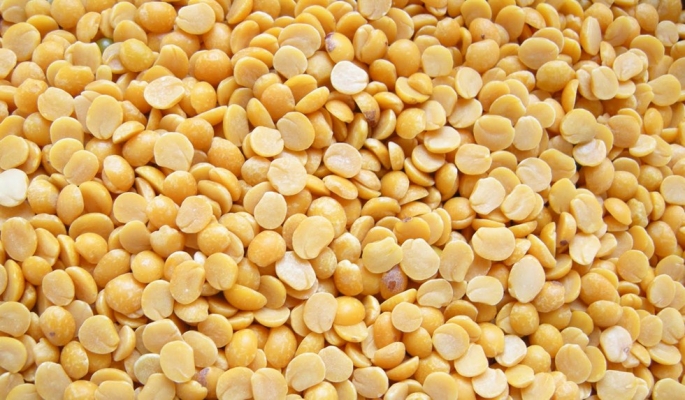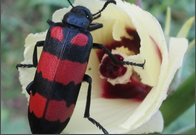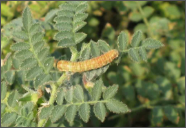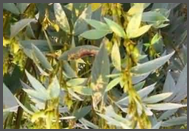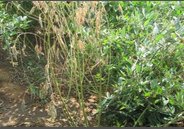General Information
It is a popular pulses crop and it is rich source of Protein. It is cultivated in tropical and sub-tropical regions. It is important legumes crop of rainfed and semi-arid tropics and it can grow as single crop or intermixed with cereals. It enriches soil through symbiotic nitrogen fixation. Andhra Pradesh, Gujarat, Karnataka, Madhya Pradesh, Maharashtra, Himachal Pradesh and Uttar Pradesh are major Pigeon pea producing states in India. In Himachal Pradesh approximately 125 acre of land is used in Pigeon pea farming and gives an average yield of 1-2qtl/acre. It is mainly grown in low hilly areas. In Himachal Pradesh it is grown in Hamirpur, Kangra district of Nurpur region and Sirmour district of Paonta region.

